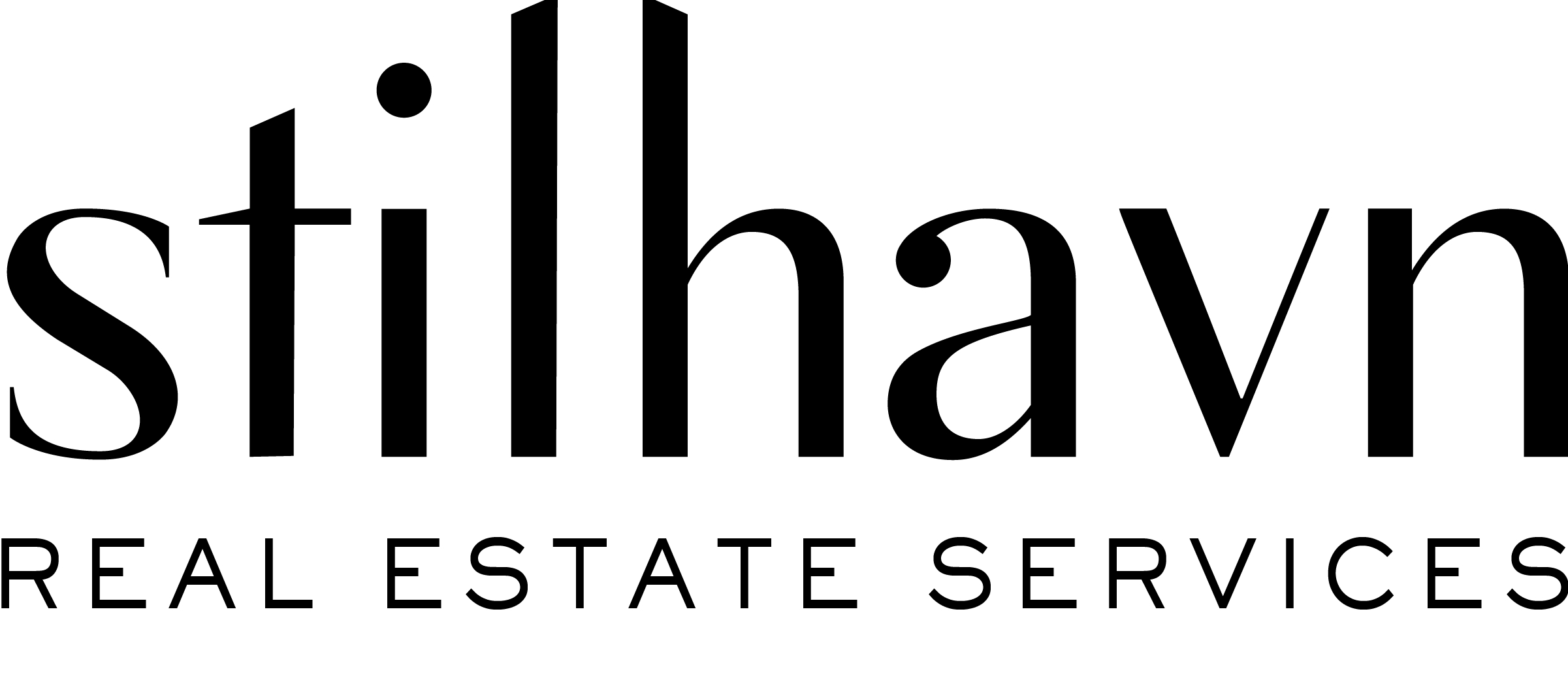Freedom to Live Your Way
BC’s diverse regions each offer walkable, car light living tailored to local contexts. In Metro Vancouver, over 50% of daily trips are now by walking, cycling, or transit, with SkyTrain, SeaBus, and an extensive bus network linking 21 municipalities and major destinations like UBC, downtown, and the Broadway corridor. In the Okanagan Valley, Kelowna’s downtown core, Vernon, and Penticton feature compact, mixed-use town centres connected by BC Transit’s Valley Connector rapid buses, park and ride hubs, and growing bike share programs. Along the Sea to Sky corridor, Squamish and Whistler blend outdoor adventure with pedestrian-oriented villages: BC Transit fixed-route and on-demand shuttles connect Squamish to Whistler via the SkyLinx service, while Whistler’s Village Stroll and seasonal shuttles provide daily access to lifts, shops, and trails. On the Sunshine Coast, local buses, water taxis, and walkable town centres connect seaside communities. Choosing a home near frequent transit, core village services, or regional rapid routes means errands, commutes, and recreation can occur without relying on a personal vehicle.
Metro Vancouver: Transit-Oriented Hotspots to Watch
Metro Vancouver’s core neighbourhoods showcase how transit infrastructure fuels a robust resale market and supports car-light living. In Mount Pleasant & Olympic Village, upcoming Broadway Subway stations at Great Northern Way–Emily Carr and Mount Pleasant will link residents to the Cambie and Arbutus Corridors in minutes, with rapid bus service further west to UBC. Along South Cambie and Oakridge, mid-rise communities along the Canada Line—freed from minimum-parking rules—offer walkable, low-maintenance resale options ideal for downsizers. The Surrey–Langley SkyTrain extension along Fraser Highway connects burgeoning town centres—where early-generation condos change hands at accessible price points yet promise upside as the line matures. Commercial Drive–Grandview Woodland, with a Walk Score of 86, four RapidBus routes, and Millennium Line access, sees limited resale inventory drive competitive pricing on small-scale infill homes that double as mortgage helpers without requiring a car.
The Okanagan: Walkable Town Cores and Regional Transit
In the Okanagan Valley—home to Kelowna, Vernon, and Penticton—car-free living looks different but is growing. Downtown Kelowna’s compact core offers shops, restaurants, and parks within walking distance. The BC Transit Valley Connector bus links communities from Vernon to Okanagan Lake, with rapid routes and park and rides supporting commuters. Bike share programs and improved sidewalks in Penticton and Peachland further enhance pedestrian experiences. While most errands still require a vehicle, choosing a home near the city core or a transit hub can eliminate daily driving for work or school.
Squamish & Whistler: Car-Light Adventures in the Mountains
In Squamish and Whistler, the outdoors is the draw—and a car often plays a role. That said, each community is increasingly walkable:
- Squamish: The town centre’s compact layout makes shops, cafés, and trails reachable on foot or by e-bike. BC Transit’s fixed route buses connect Squamish to neighbouring communities and regional SkyLinx shuttles to Whistler. On-demand ride-hailing services and local shuttle loops reduce the need for a second household vehicle.
- Whistler: The pedestrian-oriented Village Stroll links hotels, restaurants, and lift access—few residents need a car once on the mountain. Peak-season shuttles and the Pemberton–Whistler transit corridor serve workers and visitors alike. For homeowners, owning a car for off-peak exploration is common, but locals can live car light year-round by relying on shuttles and cycling paths.
Sunshine Coast: Coastal Car-Light Living
The Sunshine Coast combines seaside charm with a growing network of walkable town centres and regional transit. From Gibsons Landing’s waterfront restaurants to Sechelt’s downtown shops, residents can accomplish daily errands on foot or by local bus. BC Transit’s Sunshine Coast Connector links communities from Langdale to Earls Cove, with park & ride services and seasonal water taxi connections enhancing mobility.
What It Means for Buyers
- First Time Buyers: A car-free lifestyle can improve mortgage affordability. Homes near reliable transit increasingly factor into property value assessments.
- Investors: Properties without parking often sell at a modest discount yet achieve comparable rental income. Check for car share programs and cycling infrastructure.
- Downsizers: Reduced vehicle reliance supports aging in place. Prioritize buildings with in-suite storage, elevator access, and nearby daily amenities.
Market Outlook: 2025–2030
BC expects over one million new residents over the next decade. As the province grows, car-free living is emerging not just as a trend, but as a fundamental shift that connects housing, climate action, and lifestyle. Buyers gain location efficiency, sellers may find walkable, transit-rich properties command premiums, and investors benefit from reduced parking costs.
Ready to Make the Switch?
Whether you seek an apartment steps from SkyTrain, a townhouse on a RapidBus corridor, or a presale in the next urban hub—or if you’re drawn to Okanagan town cores, mountain side villages, or the Sunshine Coast—our Stilhavn agents know BC’s evolving transit landscape inside and out. Explore listings near major transit routes, bike lanes, and pedestrian networks, and let’s find you a home where the only commute you’ll miss is the one you no longer make.



